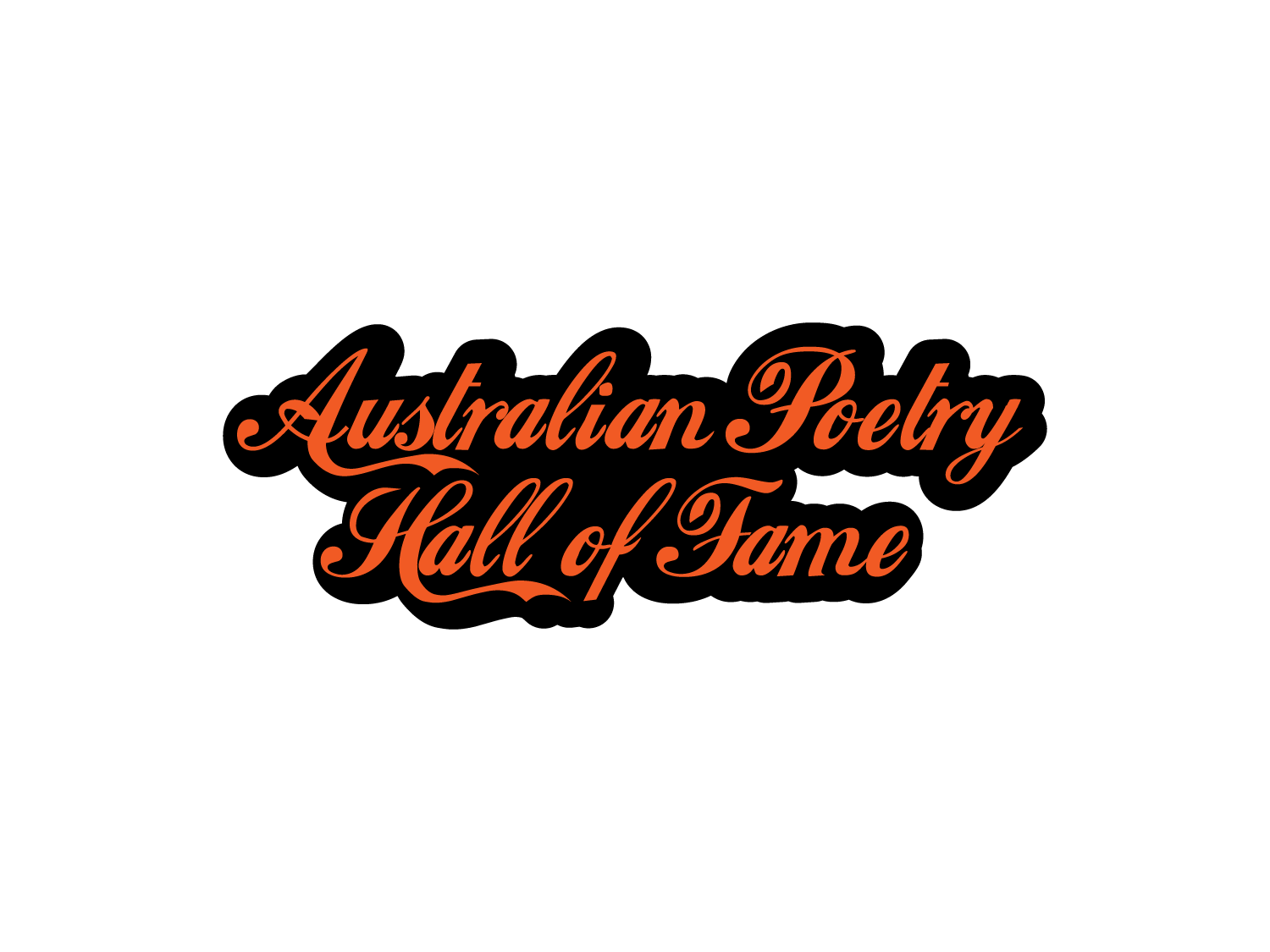What is Poetry?
Poetry is a literary art form that uses language to evoke emotion, paint vivid imagery, and convey complex ideas. There are many different forms of poetry, each with its own unique characteristics and conventions.
Free verse is a type of poetry that does not follow a specific rhyme or meter. It is characterized by its freedom of expression, allowing the poet to use any language and structure they choose. An example of free verse poetry is "The Love Song of J. Alfred Prufrock" by T.S. Eliot:
"Do I dare
Disturb the universe?
In a minute there is time
For decisions and revisions which a minute will reverse."
Haiku is a traditional form of Japanese poetry that consists of 17 syllables, arranged in three lines of 5, 7, and 5 syllables. Haikus often focus on nature and the changing seasons, and convey a sense of serenity and simplicity. An example of haiku is:
Cherry blossoms bloom
Soft pink petals fall like snow
Spring has come once more
Sonnets are a traditional form of poetry that originated in Italy. They consist of 14 lines, usually written in iambic pentameter, and have a strict rhyme scheme. Sonnets often explore themes of love, beauty, and nature. An example of a sonnet is Shakespeare's "Shall I Compare Thee To a Summer's Day?":
Shall I compare thee to a summer's day?
Thou art more lovely and more temperate:
Rough winds do shake the darling buds of May,
And summer's lease hath all too short a date:
Sometime too hot the eye of heaven shines,
And often is his gold complexion dimm'd;
And every fair from fair sometime declines,
By chance, or nature's changing course untrimm'd;
But thy eternal beauty shall not fade
Nor lose possession of that fair thou owest;
Nor shall Death brag thou wander'st in his shade,
When in eternal lines to time thou growest:
So long as men can breathe or eyes can see,
So long lives this, and this gives life to thee.
Limericks are a light-hearted form of poetry that originated in Ireland. They consist of five lines, with the first, second, and fifth lines having eight or nine syllables and rhyming with each other, while the third and fourth lines have five or six syllables and also rhyme with each other. Limericks are often humorous and playful in nature. An example of a limerick is:
There once was a man from Kent
Who had a peculiar bent
He rode on a broom
To his bride's room
And married the girl in a bent
In conclusion, poetry is a diverse and rich literary art form that encompasses many different forms and styles. Poetry’s breath of form is wide and includes the freedom and expressiveness of free verse to the strict structure and rhyme of sonnets, each form of poetry offers its own unique possibilities for the poet to convey their message and emotions. The different forms of poetry such as haikus, limericks, sonnets, free verse, etc all have their own unique characteristics and conventions.

